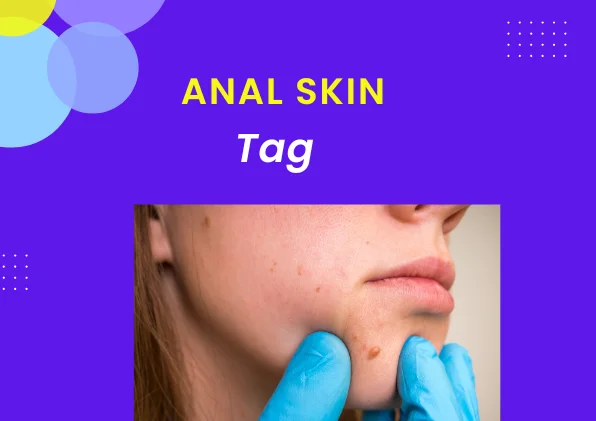Anal skin tags are benign growths of skin that usually occur around the anus. They are also known as rectal skin tags or acrochordons. While they are generally harmless and painless, they can cause discomfort or irritation for some individuals. If you are looking for options to get rid of anal skin tags, here are some potential approaches to consider:
Medical Consultation
You must consult a healthcare professional, such as a dermatologist or a colorectal specialist. This is important to ensure an accurate diagnosis and appropriate treatment plan. They will evaluate the skin tags, assess your medical history, and recommend the most suitable course of action based on size, location, and individual factors.
Conservative Management
You can consider conservative management if the anal skin tags are small and not causing any symptoms. For instance, keeping the area clean and dry, practicing good hygiene, and avoiding excessive wiping or rubbing helps in preventing irritation or discomfort.
Lifestyle Modifications
The best approach is to make certain lifestyle changes to reduce the risk of irritation or enlargement of anal skin tags. These include
- Maintaining proper anal hygiene
- Consuming a high-fiber diet to prevent constipation
- Avoid straining during bowel movements
- Avoid excessive weight gain or obesity
Topical Applications
You will undauntedly find various over-the-counter topical creams or ointments that may claim to reduce the size or appearance of skin tags. However, there needs to be more scientific evidence to support their effectiveness. Therefore, it is best to consult a healthcare professional before using any topical products. This is to ensure their safety and appropriateness.
Cryotherapy
This procedure involves freezing the skin tags with liquid nitrogen, which causes the cells to freeze and eventually fall off. Healthcare professionals typically perform this procedure. And it may require multiple sessions for complete removal. In most cases, you will be put under local anesthesia to minimize discomfort during the procedure.
Ligation
Healthcare professionals also perform this procedure to ensure proper technique and reduce the risk of complications. This procedure involves tying the base of the skin tag with a suture or a sterile thread to cut off the blood supply. As a result, it will cause the tags to shrink.
Excision or Surgical Removal
If you find the skin tags large or bothersome, then you can consider surgical removal as an option. However, you are advised to speak with a specialist first. The doctor will usually perform the office in his office or as an outpatient procedure. You will be put under local anesthesia and the excess tissue is excised using a scalpel or surgical scissors. The doctor will suture the wound to close it, which will heal over time.
An important point worth noting is you should never attempt to cut or remove skin tags at home on your own. Otherwise, it can cause infection, bleeding, or scarring.
Therefore, it would be a wise decision to consult with a healthcare professional before considering the treatment options. They will evaluate your specific situation and provide appropriate advice.

